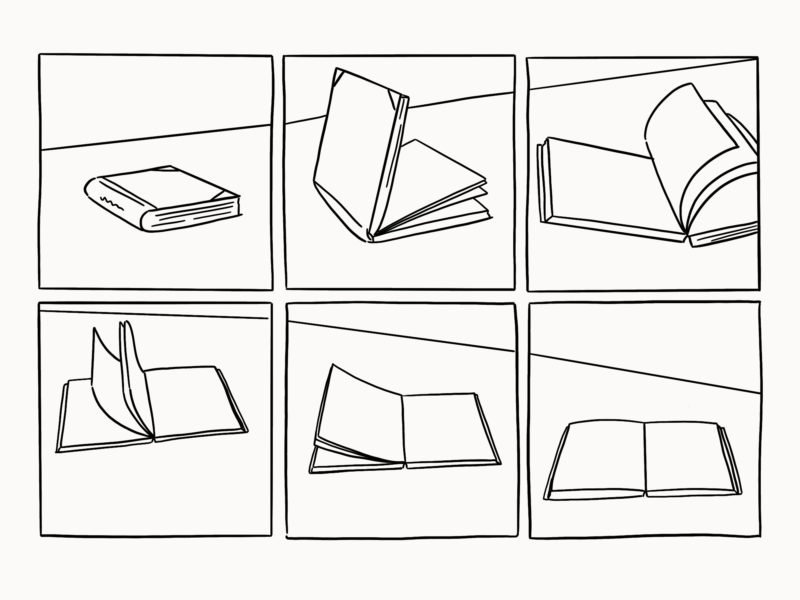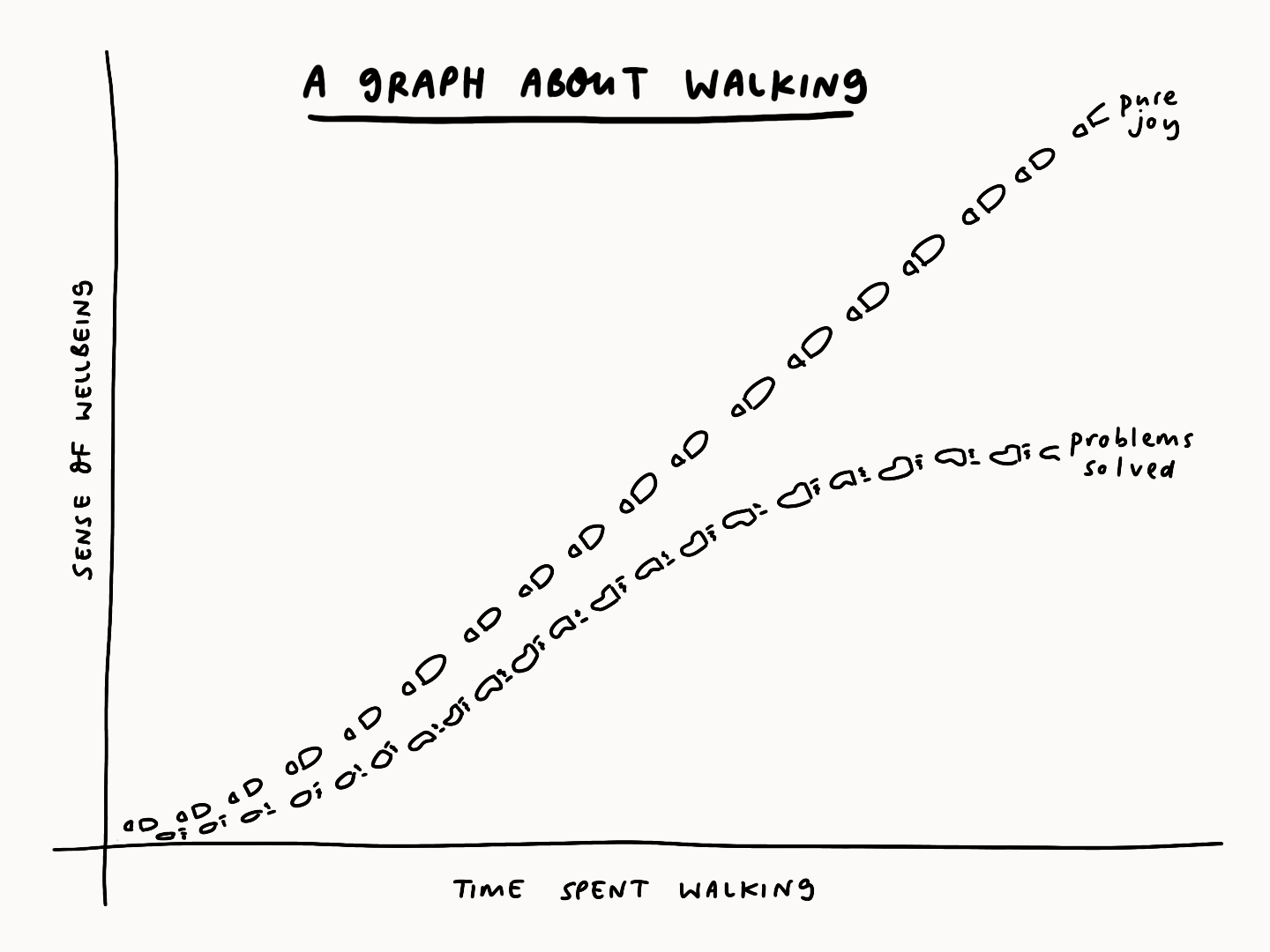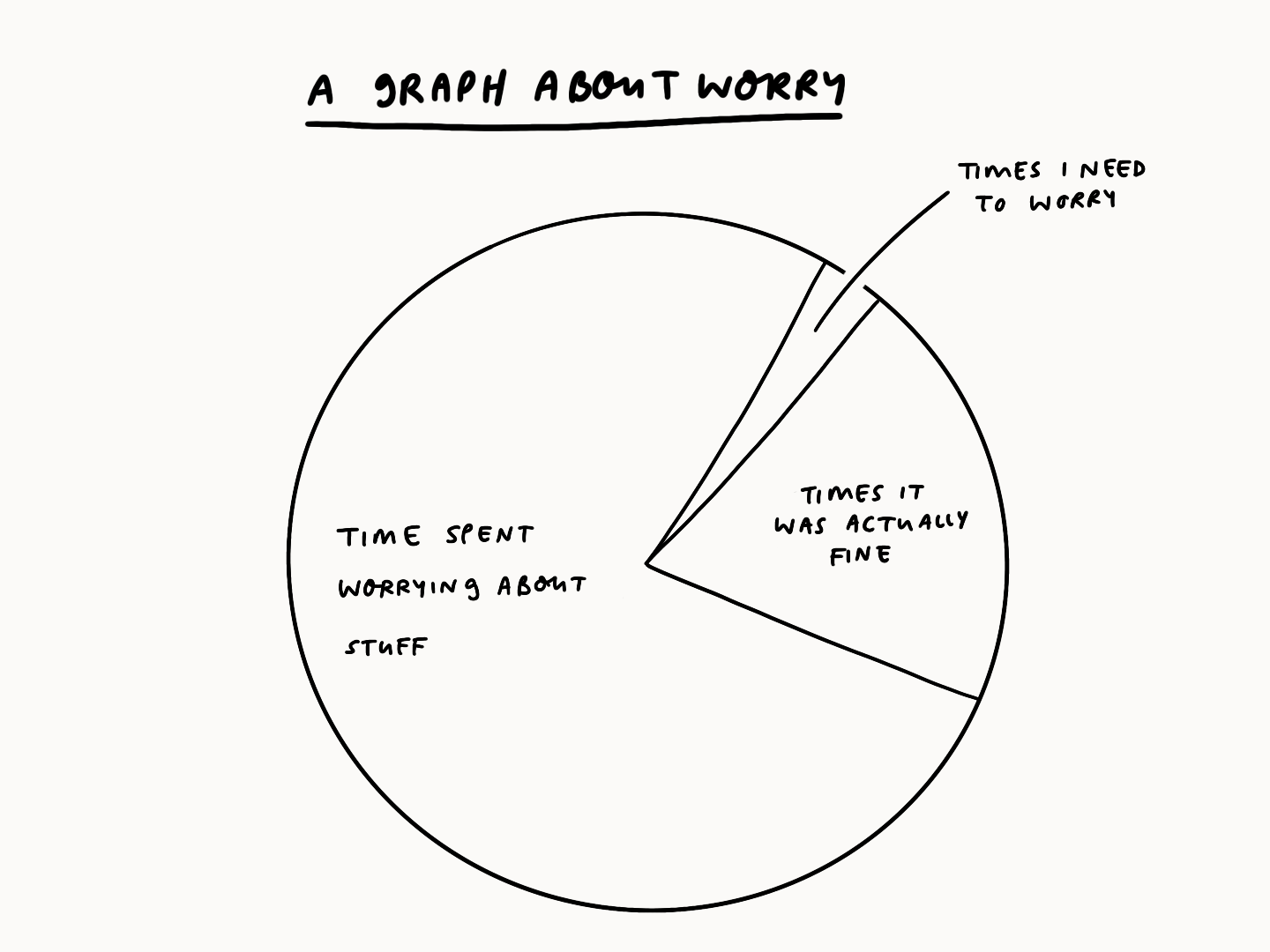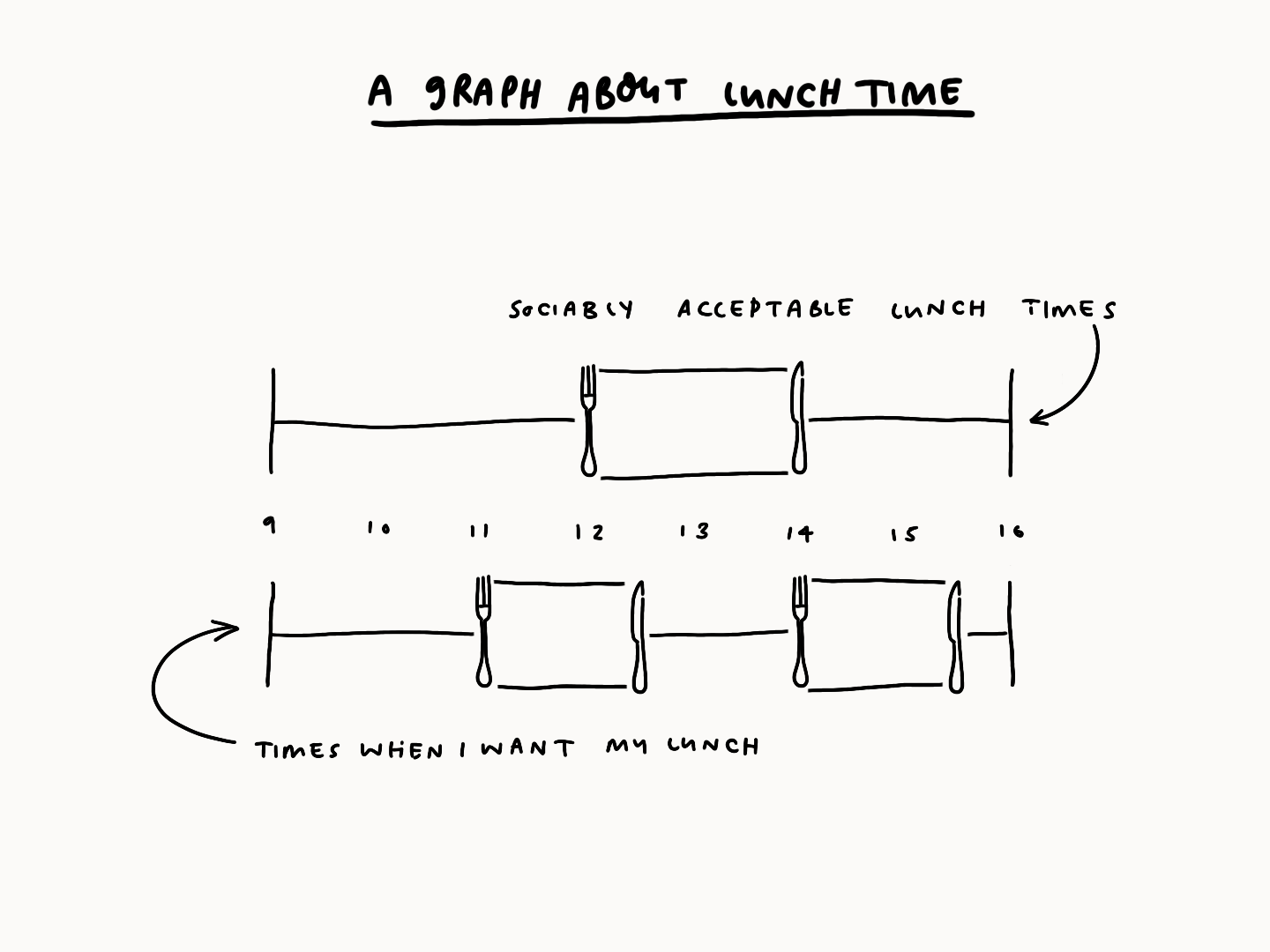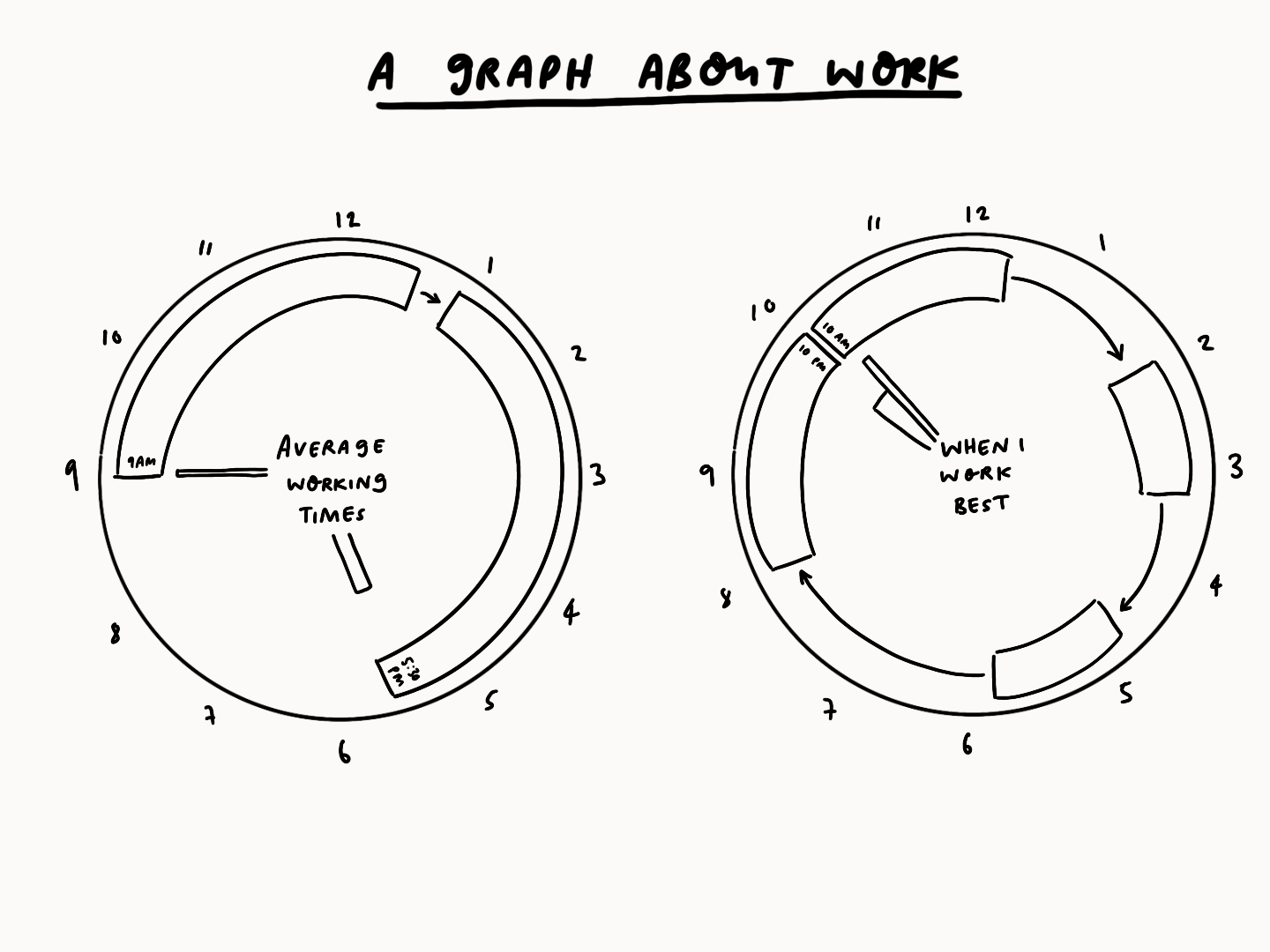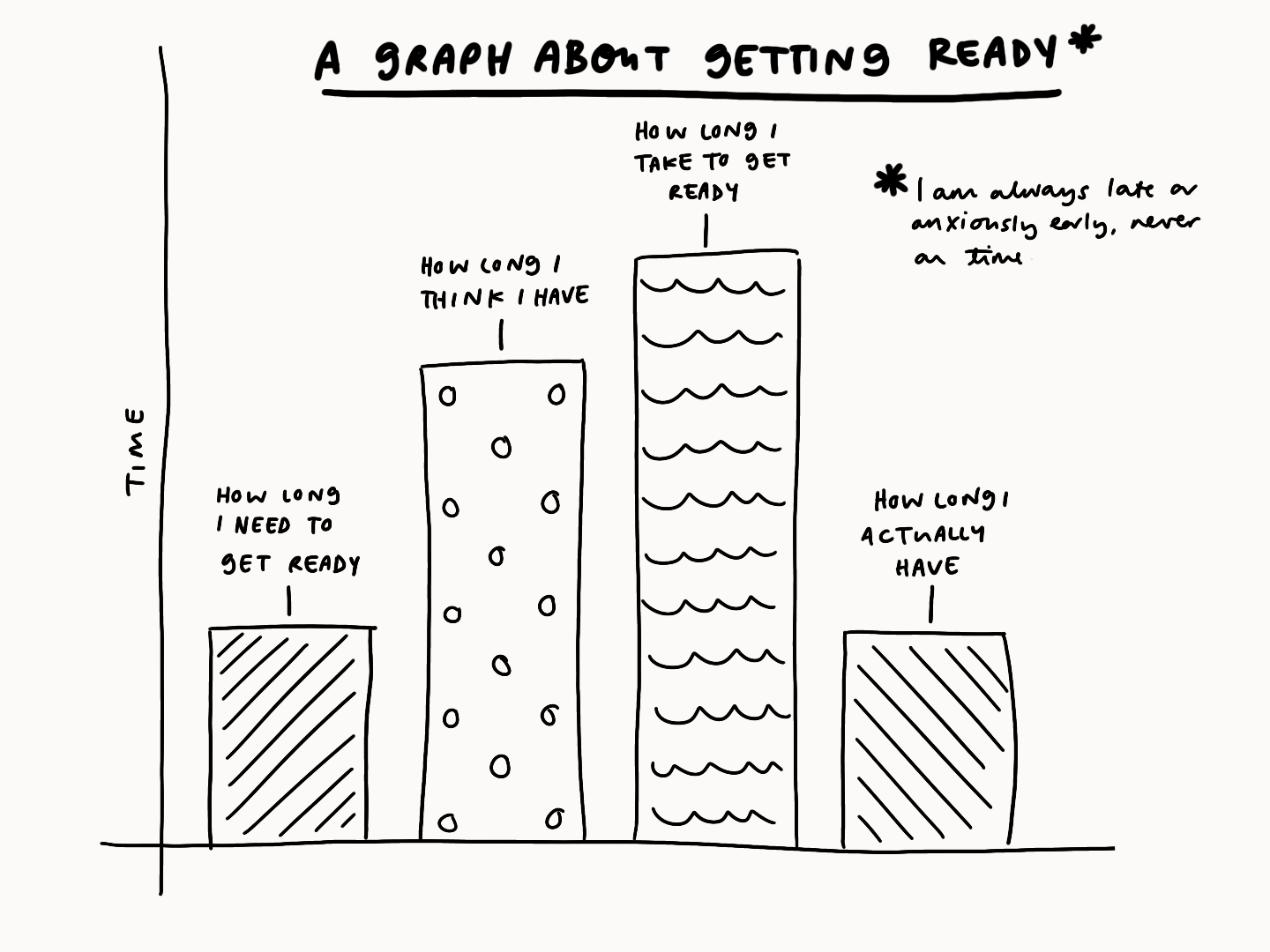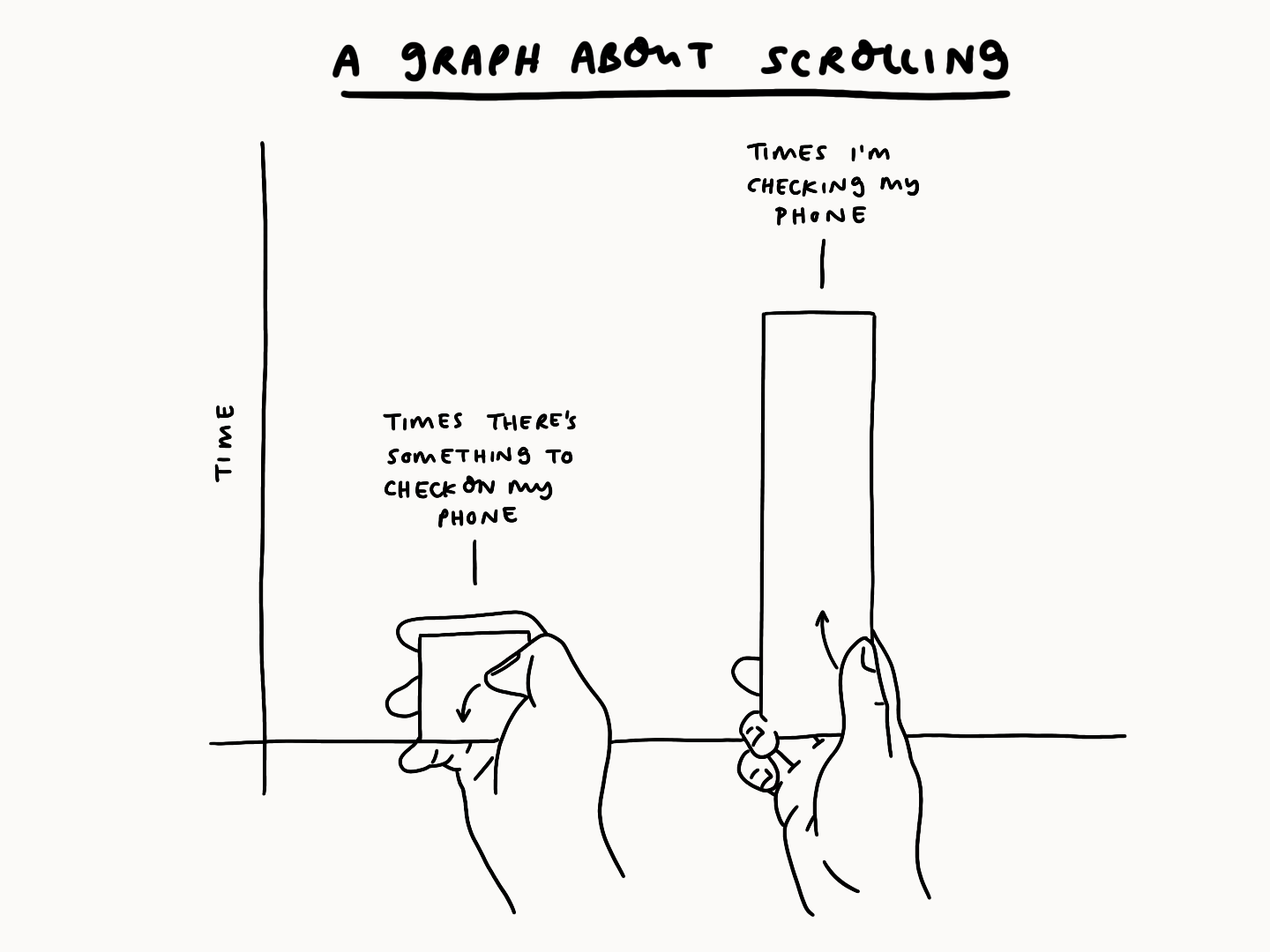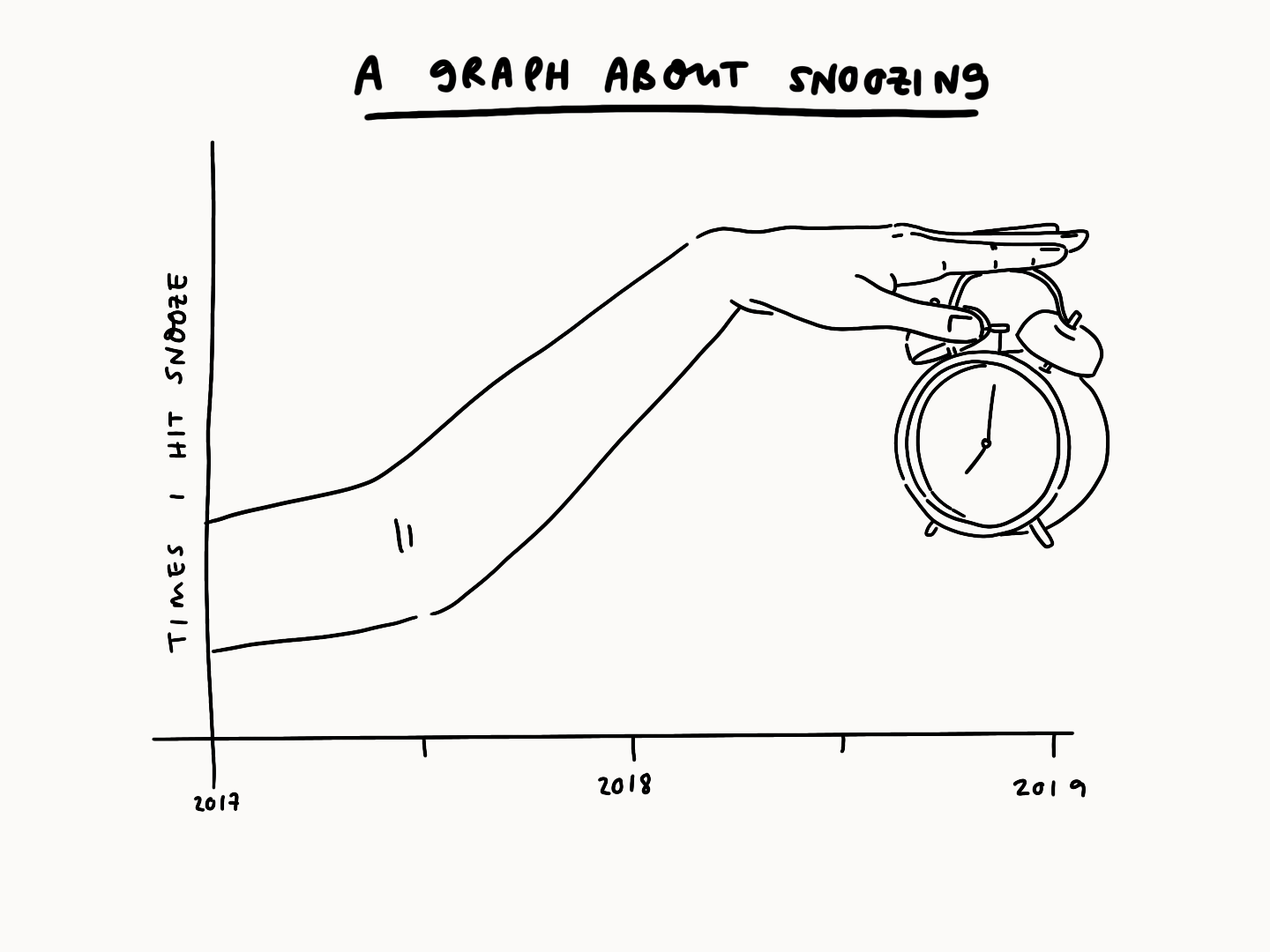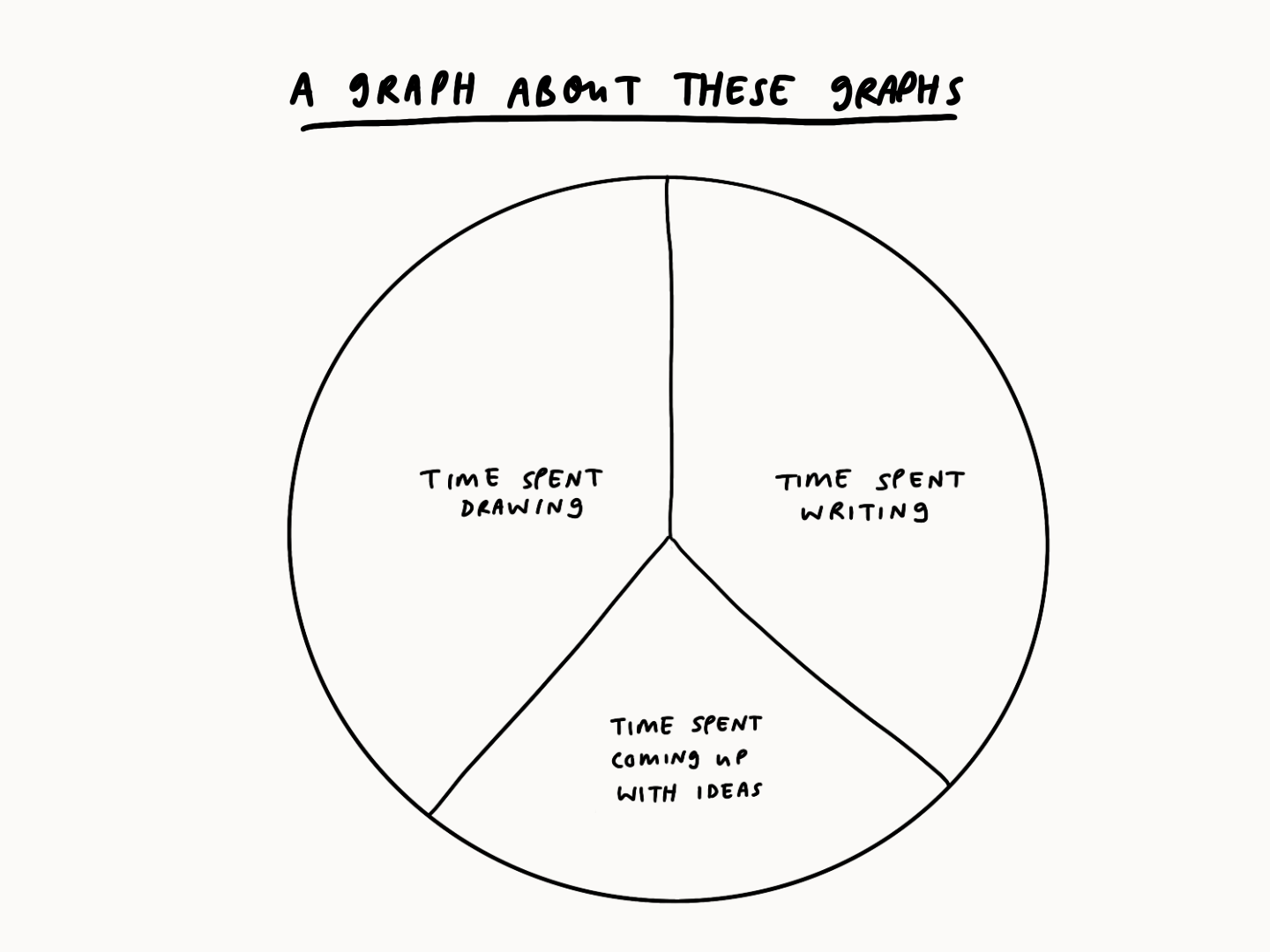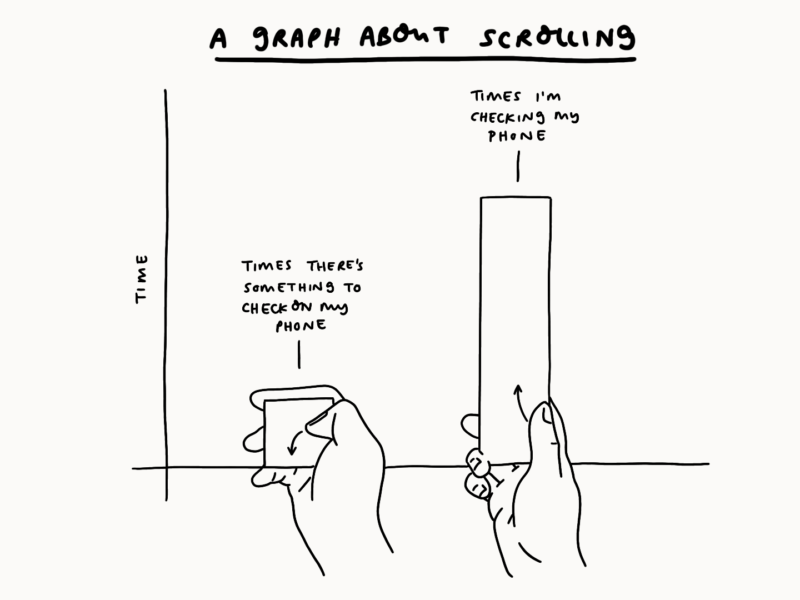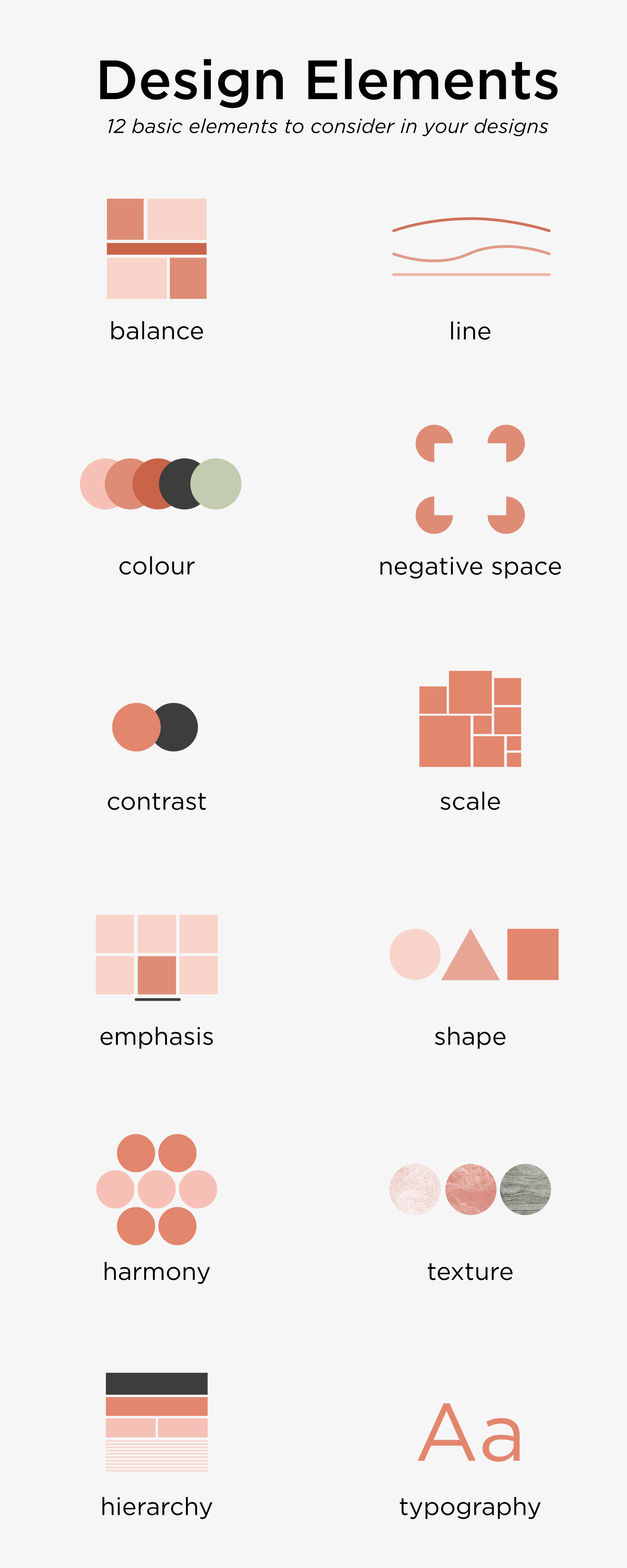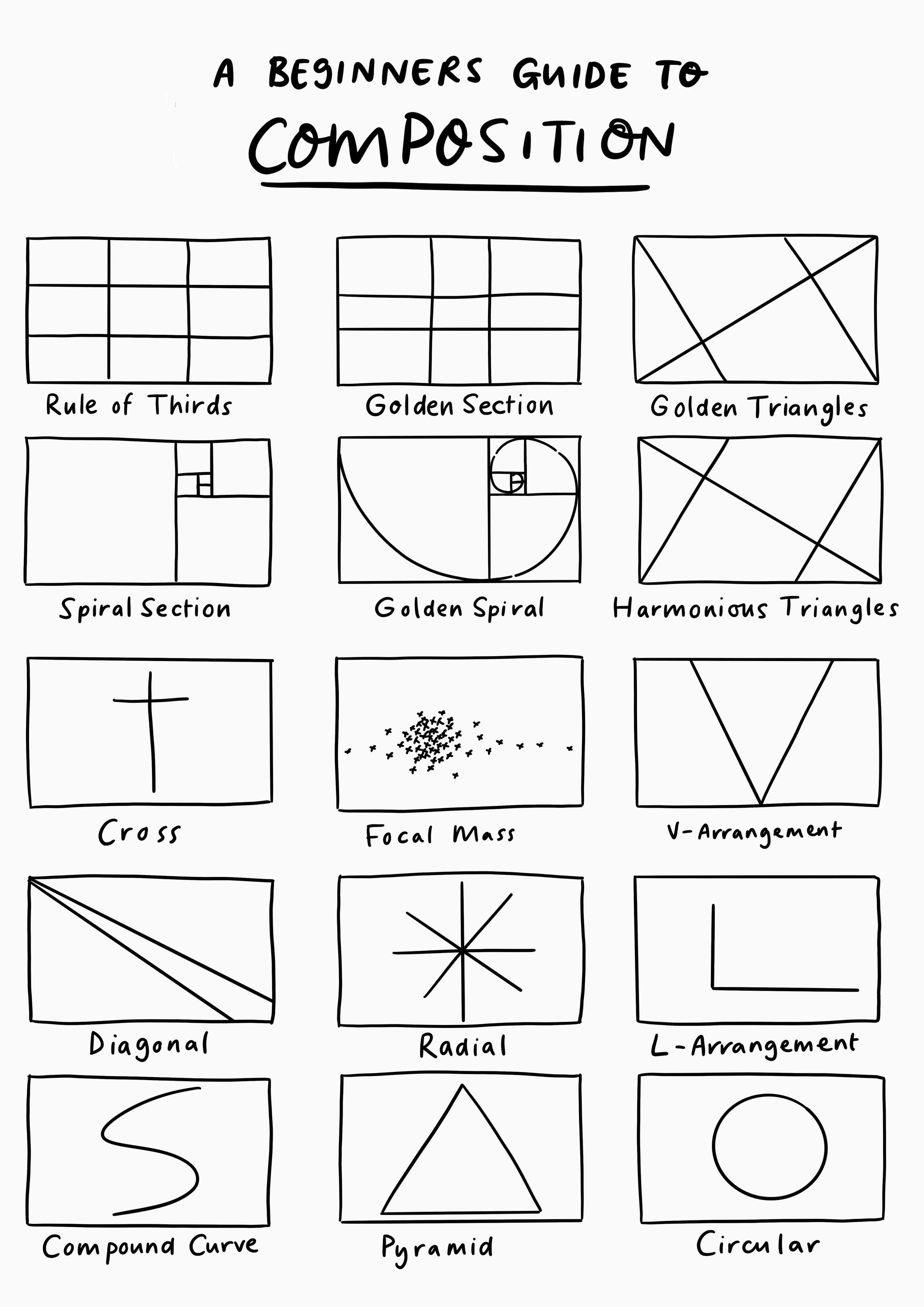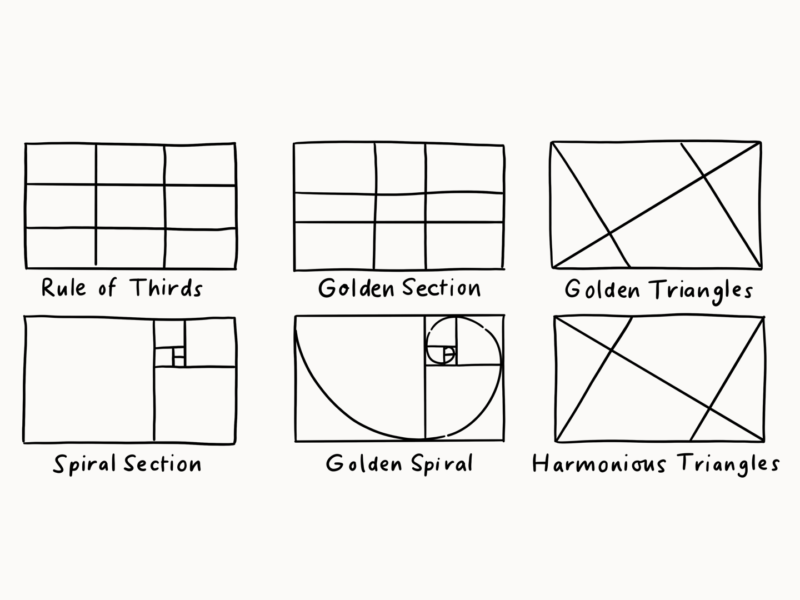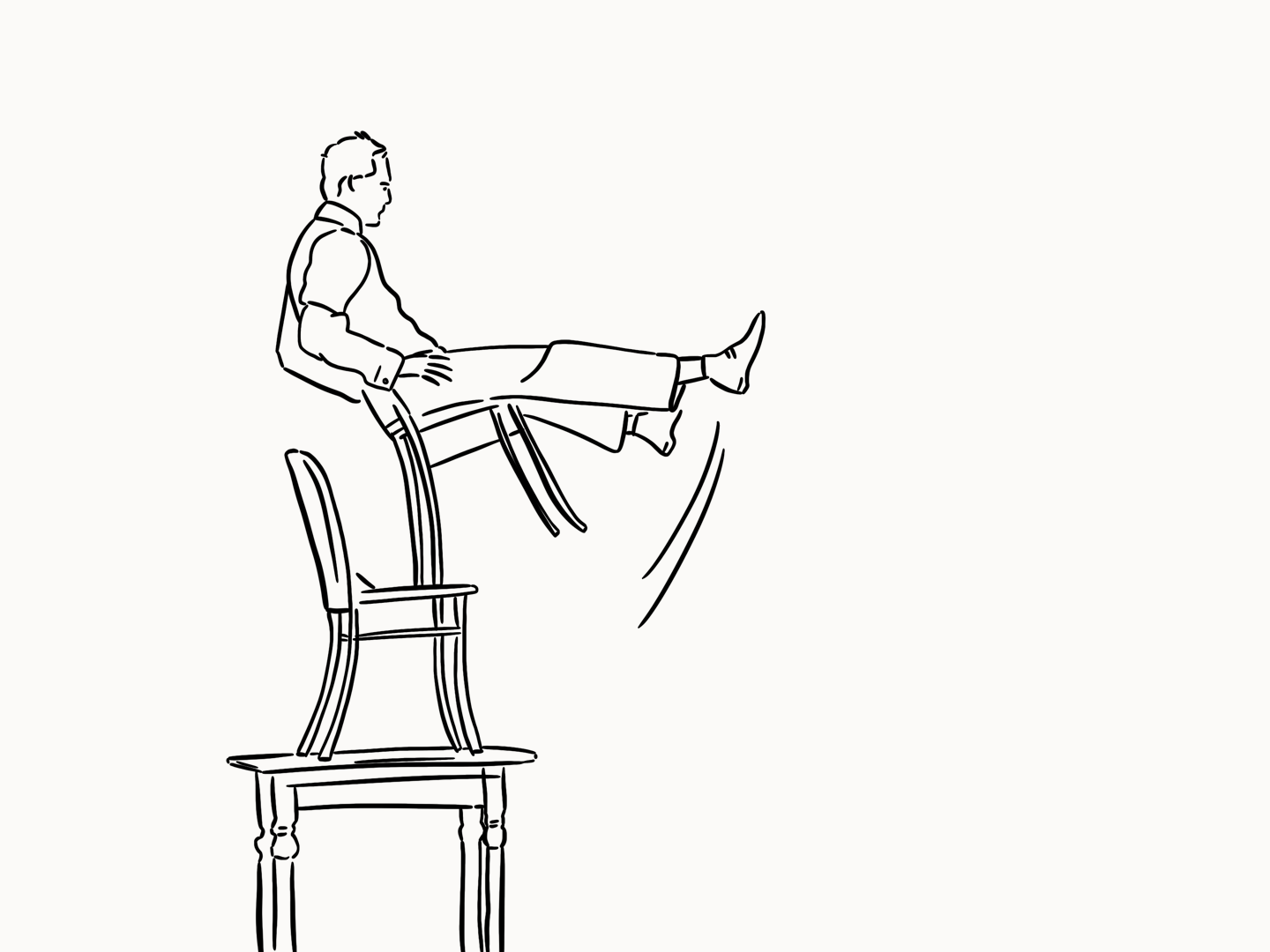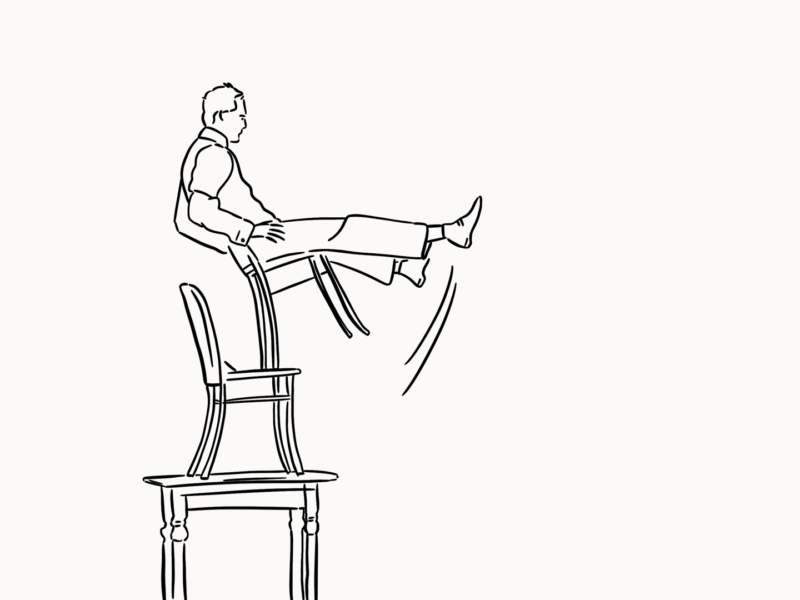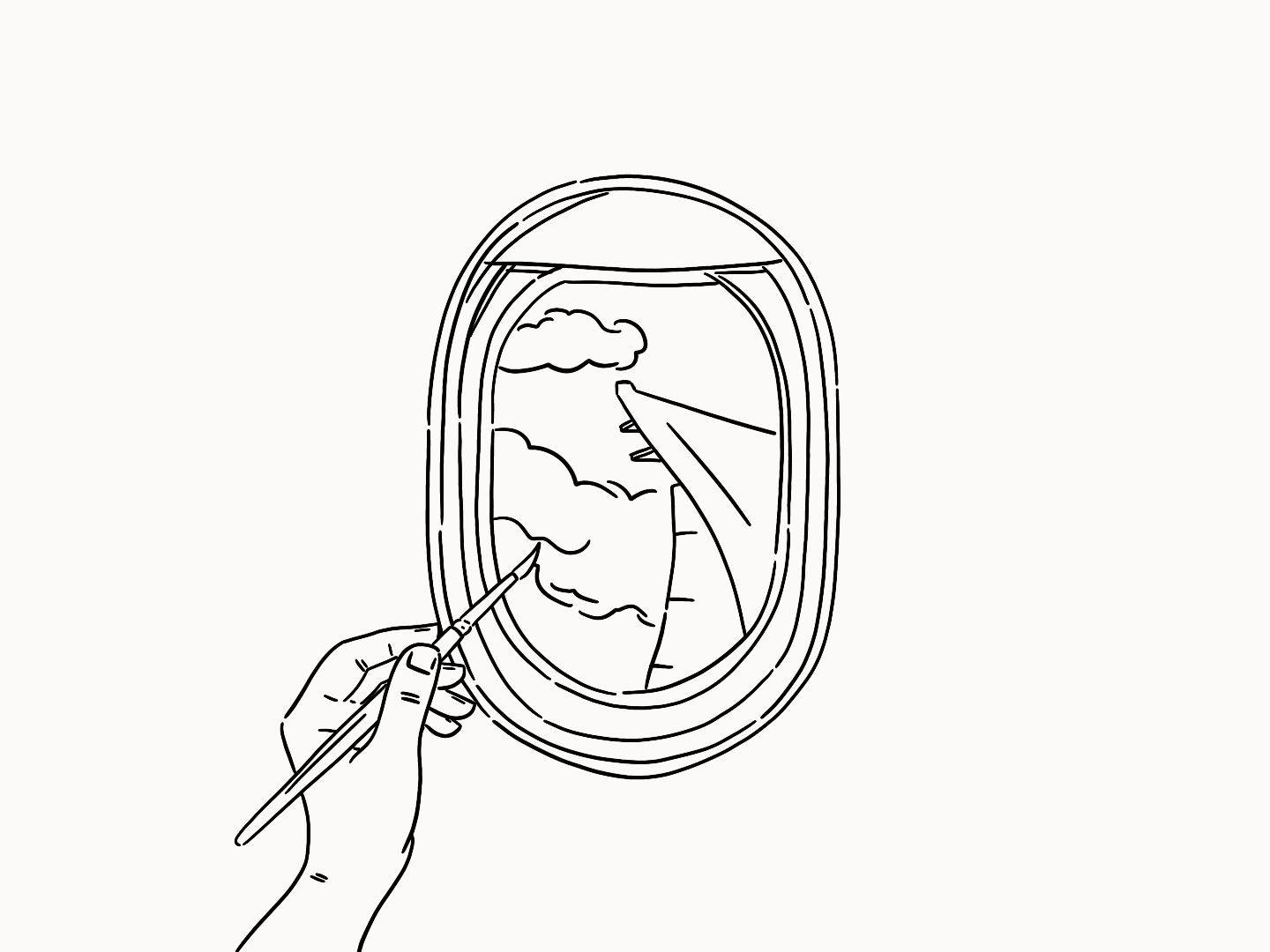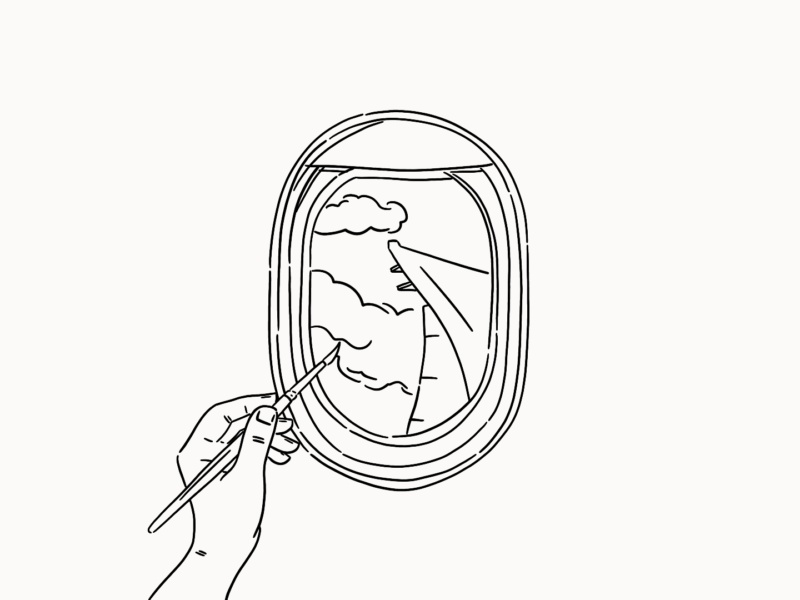Last year I read 25 books total. This year I’d read that many by the end of April. I know for a lot of people that’s not a lot, and for others that’s a huge amount, but I think it’s just about the most I can do right now.
When I was little I loved to read. I would devour books. I could spend hours and hours reading. There’s a reason I studied English.
But ever since I finished my degree I’ve been struggling to really get into reading. I had to read miles of critical texts and source material every week. But I had to scan and skim and read with an essay in mind (not every well I might add). I had to stop devouring and slowly I feel like I forgot how to. I forgot how to enjoy reading.
But this year I wanted to make a conscious effort to get back into reading. And I think I’m doing okay so far.
So I wanted to share some of the ways I’ve overcome readers block.
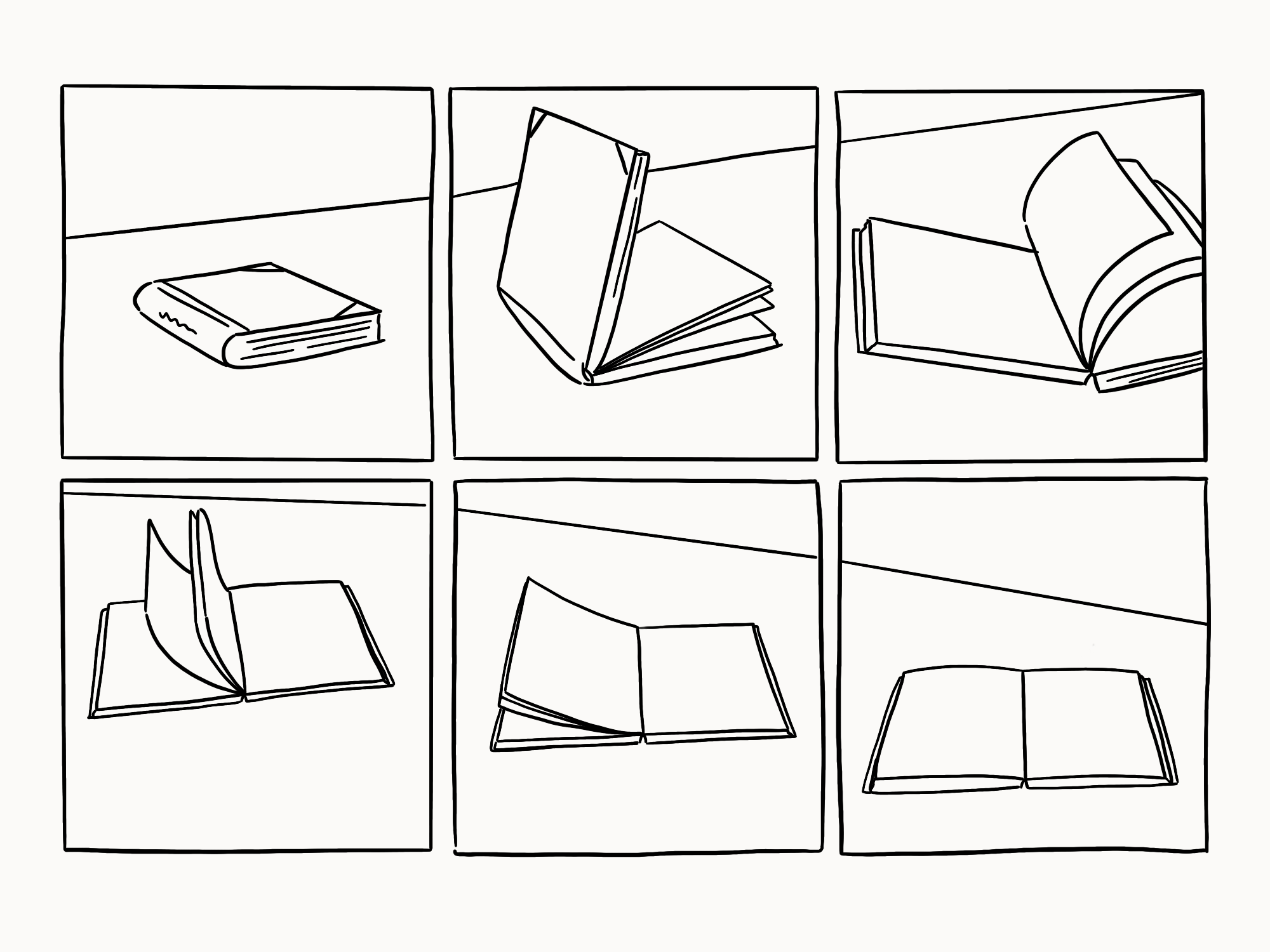
Set aside enough time to read in gulps
It’s hard to really get into a book if you’re only able to read a few pages in a go, AKA the only time you have to read is the 2 minutes before you go to sleep and you can barely keep your eyes open. I’ve tried to go to bed a little earlier (although the BBC still thinks I’m an extreme night owl) to give me the time for an extra chapter. I’ve also tried to pick up my books in lunch breaks and tube rides, but more on that further down.
Build a varied reading list
One of the most rewarding ways I’ve been working to read more is changing what I’m reading. I’ve read more non-fiction, more biographies, more (non-literature) academic works than I have ever done for fun before. That range has given me so much more to delve into. I’ve had some hits and some misses, but I’ve always had something new to look forward to. I’ve not forced myself to read anything I’ve not fancied at that moment in time. I’ve looked for books I’m genuinely been interested in and then just given them a go.
But don’t be afraid to return to what you love
While I’ve added variety to my reading list diet, I’ve still turned to old favourite genres and writers. If I’m ever feeling like I’ve had a patch of books that I’ve not really liked, that haven’t left me wanting to read more, I’ve not been afraid to just read what I know I like. In my case, I love thrillers (I was a murderino before it was cool), I love a good romance, and on occasion I’ll even return to my truest love of all fanfiction.
Change up your reading media
I think the biggest change for me has been moving away form just reading paper books. As much as I adore how a ‘real’ book feels in my hands and smells when you thumb through the pages, it’s not always the most practical. I get motion sickness if I read on a train or tube, and my bag is often stuffed full. So I’ve started to download books on to my phone for quick breaks at work and to replace my endless scrolling. I’ve also discovered a new love of audiobooks, which I still class as reading no matter what anyone else says, and they have transformed my commutes.
Reading more has given me a power I’d forgotten. Sure it’s nice to say you’ve read however many books, but what’s really exciting is when those books start to join up in your mind. Now I’m reading again, I’m joining up dots and I’m starting to feel inspired to make my own work. When I say that I don’t just mean I want to make (I always want to make) but to push myself to make things that join up those dots and have that giddy feeling of literary power I’ve been feeling recently. I’m not sure I’ll ever live up to it, but it sure can’t hurt to try.


